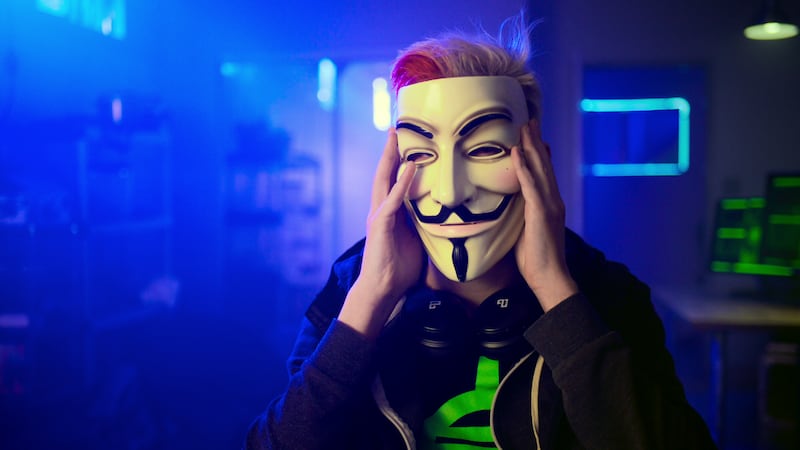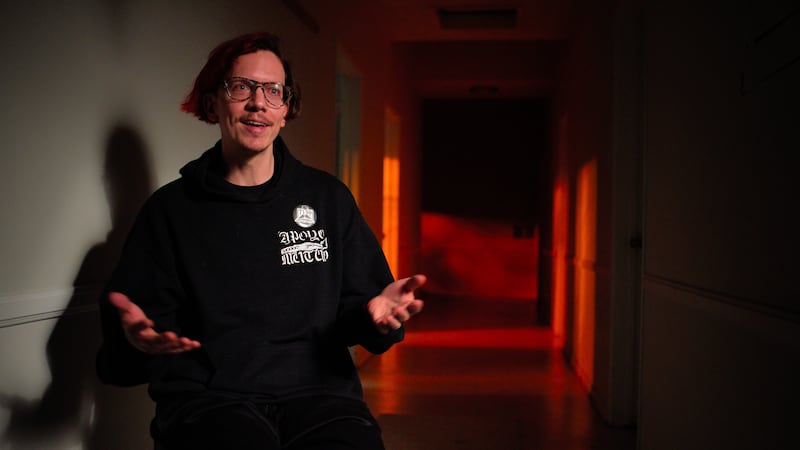The Antisocial Network: Memes to Mayhem, Netflix
It seems scarcely believable that the QAnon phenomenon which led to an attempt to overthrow democracy in the world’s most powerful country was essentially a joke.
The fictional QAnon convinced the gullible that he/she was a Trump insider who was providing the truth to the masses.
The ignorant and weak minded developed a range of conspiracy theories based on Q’s cryptic messages, including that Trump was battling against a global network of cannibal child molesters.
Trump peddled his own conspiracy theory - that the 2020 presidential election was stolen from him – and supported his crazed followers’ attempts to “stop the steal” and we ended up with the January 6 violent assault on the seat of government.

The Antisocial Network takes us back to the beginning of a bizarre journey which began with a fascination for Japan and travelled through iterations of schoolboy memes, trolling, hacking, left-wing activism and right-wing conspiracy theories.
This feature length documentary is filmed and edited in the style of social media, and while it may feel odd when you start watching it’s worth staying with for the wild ride.

It seems things began in the early noughties when some computer geeks were fascinated by the early adoption of tech in Japan and also its cartoon style anime.
They followed a chat group called ‘2chan’ which had a very small amount of content in English.
Around 2003, US based Christopher ‘Moot’ Poole started an English version of the imageboard - ‘4chan’ - where users posted mostly juvenile, often sexual themed memes.
This, we are told, was the beginning of the now common social media ‘endless scroll’ where the number of views decide which items stay at the top and which disappear into the undergrowth.
Out of this developed Anonymous, the left-wing hacking and trolling group which attacked large corporations and the government.
Around 2011, it mutated again to support the Occupy Wall Street movement and one of the lead hackers, Jeremy Hammond was sentenced to 10 years in prison.

Other members of Anonymous went on the run at this stage and the group partially broke up.
Meanwhile, 4chan was losing many of its original moderators and getting more extreme.
Then around 2017, the first Q message landed and a chain of events began which resulted in the Capitol riots.
Perhaps it was a way to make money (“what drives user numbers and revenue is anger”), maybe it was meant to stoke insurrection but most likely it was to make fun of the gullible which got out of control and couldn’t be stopped.
A journalist who covered the movement at the time described it as “mass delusion.”
“It was an internet generated event. It’s people who love Christ, people who love Trump, people who are conservative, conspiracy theorists, people who are totally deranged and they’re all coming together in a radical acceptance of that because they believe this mass delusion.”
And it’s a delusion that many US voters appear to continue to believe as we approach another presidential election and it’s unknown how Trump and his followers will react if he loses this election.
Finally, there was a warning from the 4chan and Anonymous group for the believers in Zuckerberg’s shtick about technology connecting communities.
“What’s ironic about 4chan or any of these digital spaces is that people went there to feel less alone, but these spaces only simulate community... you feel like you have it all but in fact you have nothing. You’re just alone together.”







